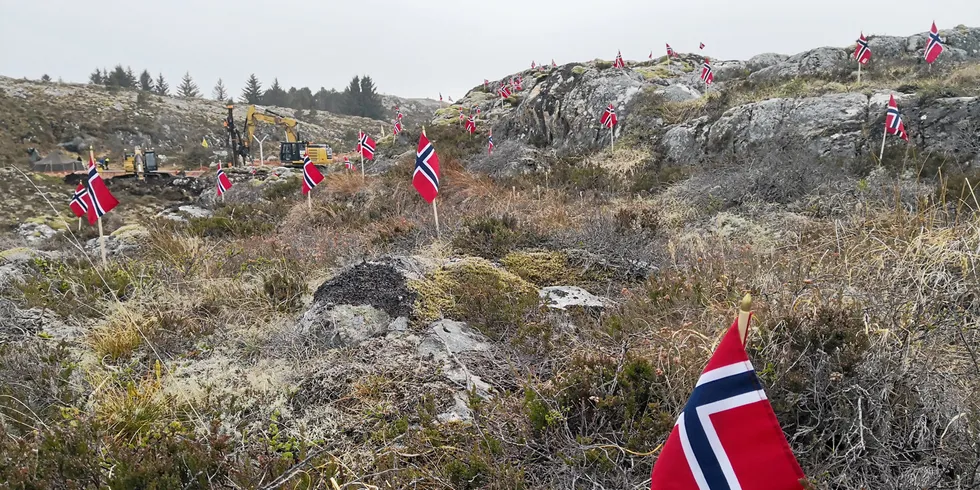'From heroes to nature-damaging crooks': what went wrong for Norwegian wind?
Nation's industry body chief warns permitting stalled as onshore sector suffers backlash that threatens government climate goals

Nation's industry body chief warns permitting stalled as onshore sector suffers backlash that threatens government climate goals
